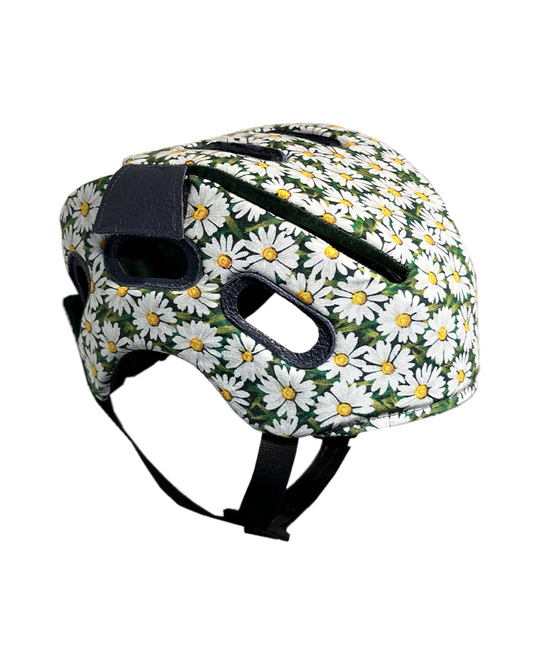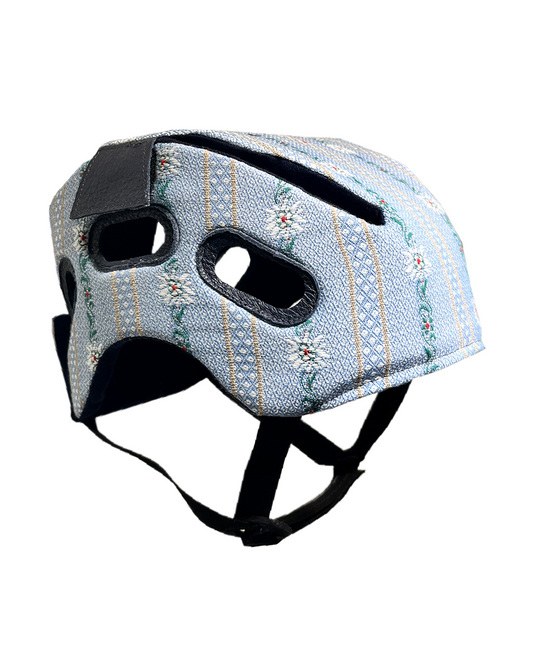Security
facts and figures
How often do toddlers get injured?
Since the head accounts for 25% of a baby's total body weight (only 6% for an adult), head injuries top the list of falls in young children at 73%. This also explains why the youngest have to stay in the hospital much more often than the older ones – often only for observation.
7 out of 10 young children suffer head injuries when they fall
Since the head accounts for 25% of a baby's total body weight (only 6% for an adult), head injuries top the list of falls in young children at 73%. This also explains why the youngest have to stay in the hospital much more often than the older ones – often only for observation. “The most common injuries are skull contusions (32%), followed by wounds (30%), other contusions (12%) and broken bones (11%). One in five children is seriously injured when they fall.
Falls can occur as a result of stumbling or falling (e.g. from a changing table or a chair). Falls are particularly dangerous for children if they hit their heads - because then concussions and skull fractures cannot be ruled out. If you have had a particularly violent head-on collision or impact, call an ambulance.
How often do children fall?
Toddlers take 14,000 steps a day – and fall about 100 times in the process. The phases are usually always the same. Babies can sit up after five months without supporting themselves, crawl after ten months - and after about twelve months the time has come: most toddlers can walk unaided.
falls
Falls are the most common reason for injuries recorded in hospitals in all age groups. As soon as children learn to walk, the risk of falling increases dramatically. In most cases, this only results in a bruise or a scratch - however, a serious fall can result in serious fractures, cuts and head injuries. Falls are responsible for 4.2% of all child deaths worldwide. Open windows pose a major risk. A French statistic found that 250 children fall out of windows every year, 40% of which become permanently disabled and in 10% of cases even lead to death.
Some tips to keep your toddler safe
- Teach your child not to walk on slippery floors.
- Use anti-slip strips to prevent falls and teach children to walk safely along railings etc.
- Do not use baby walkers as they give the toddler unexpected mobility.
- Changing tables should have sufficiently high sides (at least 10 cm) so that babies cannot fall off.
- Use a full-body seat belt on strollers.
- Remove trip hazards and clear away obstacles that can lead to falls.
- Secure sharp edges on tables, furniture, windowsills and masonry with corner protectors.
- Do not store furniture or tall objects under windows that allow the child to climb to the window and never take your eyes off children. If possible, tilt the window instead of opening it fully or use an opening restrictor.
- If the child starts to walk and is still a little unsure, you can protect your head in the event of a fall with a safety helmet, or “baby helmet”.


Our helmets
-
Animal pattern baby helmet
Regular price CHF 67.50Regular priceUnit price / per -
Daisy baby helmet
Regular price CHF 67.50Regular priceUnit price / per -
 Sold out
Sold outTraffic vehicles baby helmet
Regular price CHF 67.50Regular priceUnit price / per -
Edelweiss baby helmet
Regular price CHF 67.50Regular priceUnit price / per




